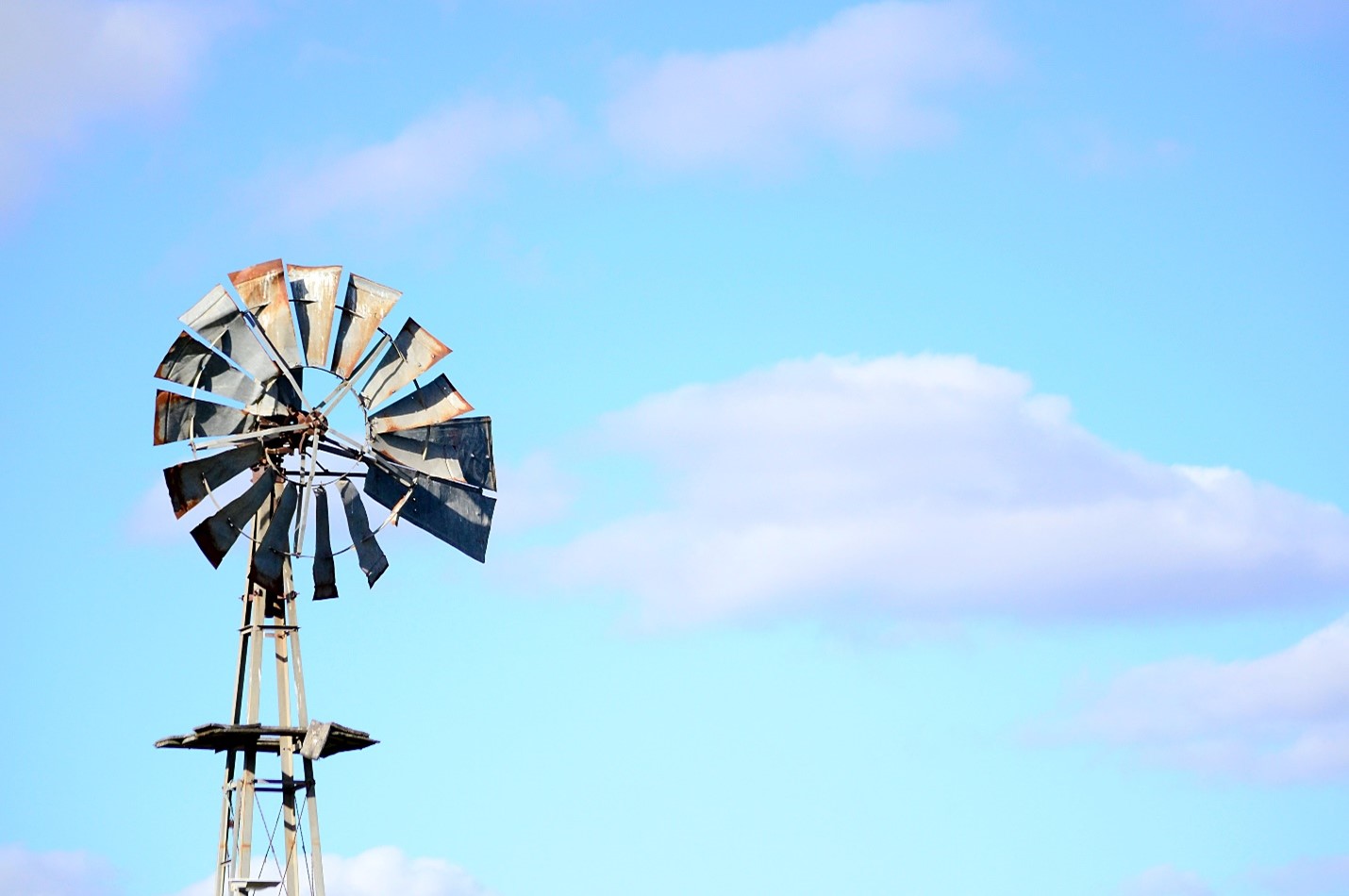How sustainable living can help counter the climate crisis?

For many, ambitious targets such as this can induce a sense of dread and paralysis. But experts say there is a lot we can do as individuals to counter climate change.
Research shows that lifestyle changes could help the planet slash emissions by up to 70% by 2050.

We’re facing a triple planetary crisis that threatens our survival so our impact on the natural world is an obvious concern.
Why is it important for people to consider their impact on the planet?
Answer: We’re facing a triple planetary crisis that threatens our survival, so our impact on the natural world is an obvious concern. An increasing number of people know this but tend to avoid acting on it as the problem can seem abstract, they don’t know what to do, and they have more immediate priorities.
How do our choices as consumers impact the planet?
Answer: First, we need to understand that consumers are not only individuals. Great drivers of consumption are businesses and governments, who structure and influence the systems that meet our needs. So, people must make more informed decisions and ask governments and businesses to act. UNEP recently launched Act Now: Speak Up, a campaign that showcases how citizens can compel governments and businesses to up their climate game.
What does a sustainable lifestyle look like in 2022??
Answer: We hear the word sustainable everywhere these days. We think of sustainable living as the positive things we can do in our daily lives to live better. But given the climate, biodiversity, and pollution emergencies, we need to be clear on what those actions are and ensure that everyone needs to be taking them.
If someone wants to live more sustainably, where can they start?
Answer: UNEP has made this super easy with Anatomy of Action, an online media tool that translates science into action. It all comes down to five domains: food, mobility, stuff, money, and fun. The top three things people could do in each of those areas are highlighted. Now they can be different depending on where and how they live and the resources available, but within these three priority actions, there are opportunities for people to act.
People around the world are talking about what’s known as the 1.5°C lifestyles, a way of living that aims to keep alive the Paris Agreement goal of limiting global warming to 1.5ºC, considered a red line for the planet. Can you tell us more about that ethos?
Answer: The 1.5°C lifestyle idea is tied to evidence and what we know about how individuals, governments, and businesses consume. We know we must change our consumption in the areas of food, mobility, housing, and leisure, and we need to change quickly and drastically. 1.5°C living is a guide for change.



